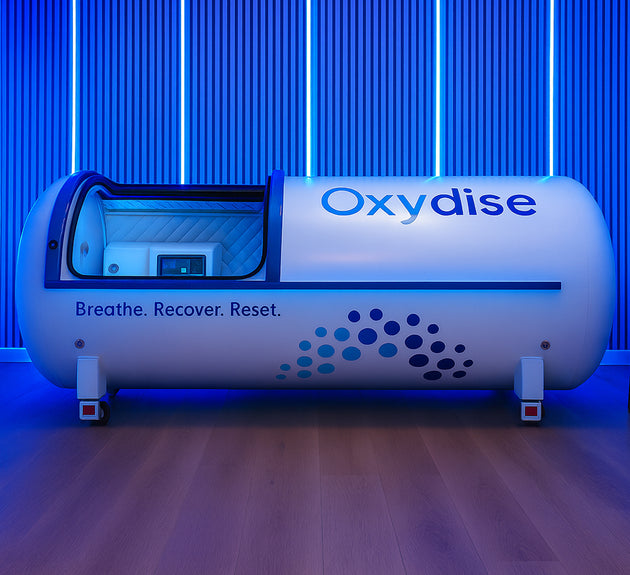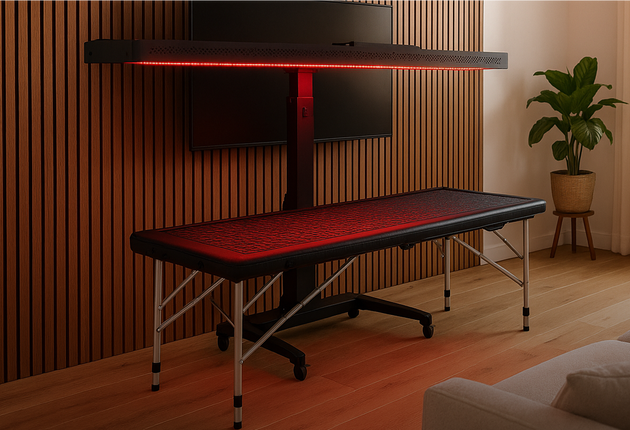Autism Spectrum Disorder (ASD) affects millions of children worldwide, presenting a range of challenges that can significantly impact their quality of life. These challenges often include difficulties with communication, social interaction, and behavior. While there is no known cure for autism, various therapies have been explored to help manage its symptoms. HBOT is one of them.
Neuroimaging studies have shown that many children with autism experience cerebral hypoperfusion, meaning there is reduced blood flow to certain parts of the brain. This reduction in blood flow can affect brain function, potentially contributing to the symptoms of autism. HBOT aims to counteract this by improving oxygen delivery to the brain, thereby enhancing cerebral blood flow.
A study published in 2020 explored the effects of HBOT on children with autism, focusing on whether a series of HBOT sessions could improve various psychosomatic parameters. The study involved 39 children with autism who underwent 40 HBOT sessions. Each session lasted 60 minutes and was conducted at a pressure of 1.5 atmospheres.
The study resulted in significant improvements, observed in several areas assessed by the Autism Treatment Evaluation Checklist (ATEC) and the Childhood Autism Rating Scale (CARS). These areas included social interaction, cognitive awareness, and behavior, which are critical aspects of daily functioning for children with autism.
For instance, younger children in the study showed marked improvements in sociability and sensory awareness, such as better imagination and reduced sound sensitivity. Older children also benefited, particularly in areas related to obsessive speech and emotional responses. These findings suggest that HBOT may help alleviate some of the core symptoms of autism, offering hope to families seeking new treatment options.
Hyperbaric Oxygen Therapy holds potential as a supportive treatment for children with autism, particularly in improving cognitive and behavioral functions. However, as with any therapy, it is essential to consult with healthcare professionals to determine the best course of action for each child.
For more detailed information on the study and its findings, you can view the full research here.
As research continues, HBOT may become a valuable tool in the broader effort to support children with autism, helping them to lead fuller, more engaged lives.
















